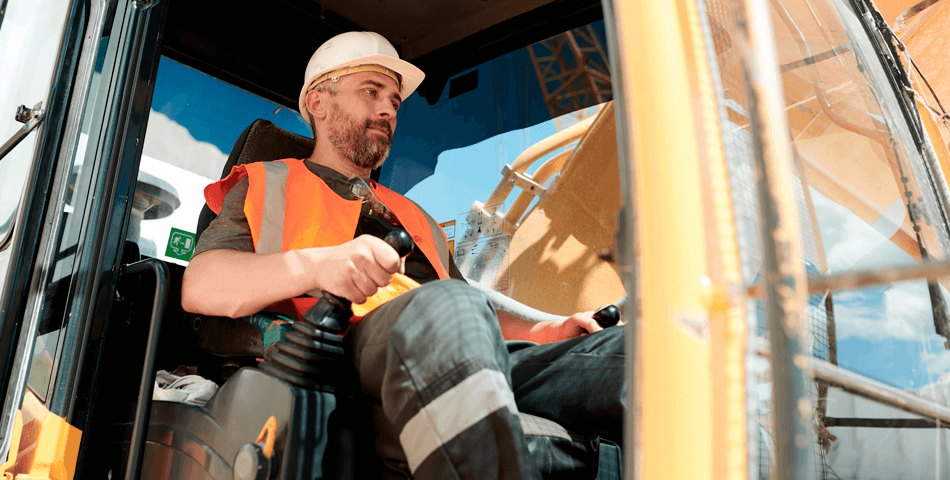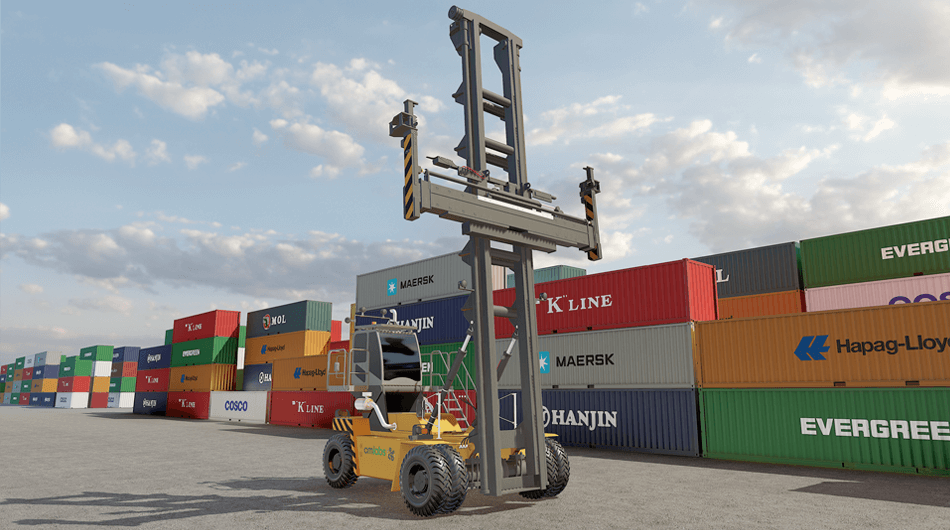A few weeks ago, we visited a customer who is looking to expand its ground vehicle simulation program into off-road applications, and wanted to know more about Vortex Studio’s capabilities. Vortex Studio’s unique physics-based dynamics engine and engineering-grade tire models are recognized for their ability to simulate the complex emergent behaviors that occur when vehicles operate on off-road terrain, such as skidding on mud or sliding down a hill. This is the type of behavior that is near-impossible to get right using scripting-based engines, and is a common requirement for military driver trainers. But one application that always generates interest is the simulation of amphibious vehicles. This is the type of advanced scenario that a lot of end customers are interested in, similar to towing or vehicle recovery exercises. These are very hard to train for with live vehicles, and very taxing on equipment, so having simulator-based exercises is a major plus. Below is a short video of the demo we put together for our customer visit. It shows a modified version of the LAV-III vehicle model that is included in Vortex Studio’s samples.
For this occasion, we’ve configured the hull’s hydrodynamics properties so that it would interact with the liquid materials in the virtual environment. In this specific demonstration, we are using a maritime extension with no waves (this extension is not part of Vortex Studio Essentials). Alternatively, we could have used the new fluid surface object introduced in Vortex Studio 2017a, available in all editions of Vortex Studio . We also used Vortex Studio’s decal extension, particle systems, along with some Python scripting, to create appropriate visual effects around the vehicle as it enters, moves around and leaves the water zone. This is a good example of the synergies between Vortex Studio’s different simulation modules. By having a complete toolkit to simulate tracked and wheeled vehicles, maritime environments, cable systems and dynamic soil, you open up new training possibilities that would otherwise require a lot of custom development. In a few weeks, I’ll share some footage of our vehicle recovery technical demo, which leverages both cable and dynamic soil simulation capabilities. If you have any questions about how you can put together a similar scenario, let us know on the forums – we’ll be happy to provide more details!

